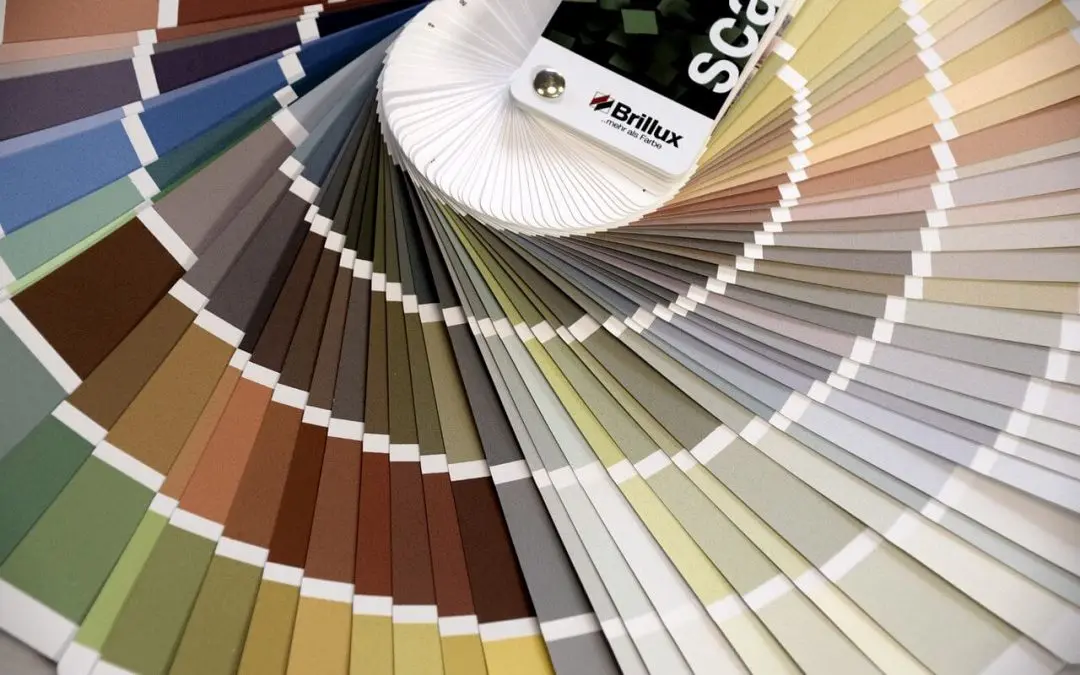Painting a room is one of the easiest and most affordable ways to freshen up your home. A new coat of paint can transform a space, making it feel brighter, cozier, or more modern, depending on your color choice. But while painting might seem simple, getting a smooth, professional-looking finish takes a little know-how. With the right preparation and technique, you can avoid streaks, drips, and patchy coverage. Here’s what you need to know to get the best interior painting results.
Choose the Right Paint and Tools for Interior Painting
Before you start, make sure you’re using the right type of paint for the job. For walls, latex paint is the most common because it’s easy to clean and dries quickly. If you’re painting trim or cabinets, oil-based paint might be a better choice because it provides a durable, smooth finish.
Don’t skimp on quality when it comes to brushes and rollers. A cheap brush will leave streaks and loose bristles in your paint, while a low-quality roller can create uneven coverage. Invest in a high-quality angled brush for cutting in around edges and a good roller for covering large areas smoothly.
Prep the Room Like a Pro
Preparation is the key to a great paint job. Start by removing furniture or covering it with plastic sheeting. Use painter’s tape to protect trim, baseboards, and ceilings from accidental brush strokes.
Many people skip cleaning the walls, but it makes a big difference. Dust, grease, and fingerprints can prevent paint from adhering properly. A simple wipe-down with a damp cloth and mild soap can do the trick. If your walls have holes or cracks, fill them with spackle and sand them smooth before painting.
Don’t Skip the Primer
Primer creates a smooth surface for the paint to adhere to and helps achieve even color. If you’re covering a dark color with a lighter shade or painting new drywall, primer is essential. Even if you’re using high-quality paint with built-in primer, an extra coat of dedicated primer can make your final color look more vibrant and uniform.
Use the Right Interior Painting Technique for Even Coverage
When it’s time to start painting, begin with the edges and corners of the room using a brush. This process, called “cutting in,” ensures you can get into the tight spaces a roller can’t reach. Once the edges are done, use a roller to cover the rest of the wall.
Work in sections, rolling the paint in a “W” or “M” pattern before filling it in. This method helps distribute the paint evenly and prevents streaks. Avoid overloading the roller, as too much paint can lead to drips and an uneven finish.
Allow Ample Drying Time
Patience is key when painting. Even if the paint feels dry to the touch, it may not be ready for a second coat. Follow the drying time recommendations on the paint can before adding another layer. Rushing the process can lead to peeling, streaking, or uneven coverage.
Once the final coat is dry, carefully remove the painter’s tape and touch up any small imperfections. Step back and admire your freshly painted room—it’s amazing what a little color can do.
Advocate Property Inspections offers professional home inspection services to Maryland homeowners and homebuyers. Contact us to request an inspection today.

